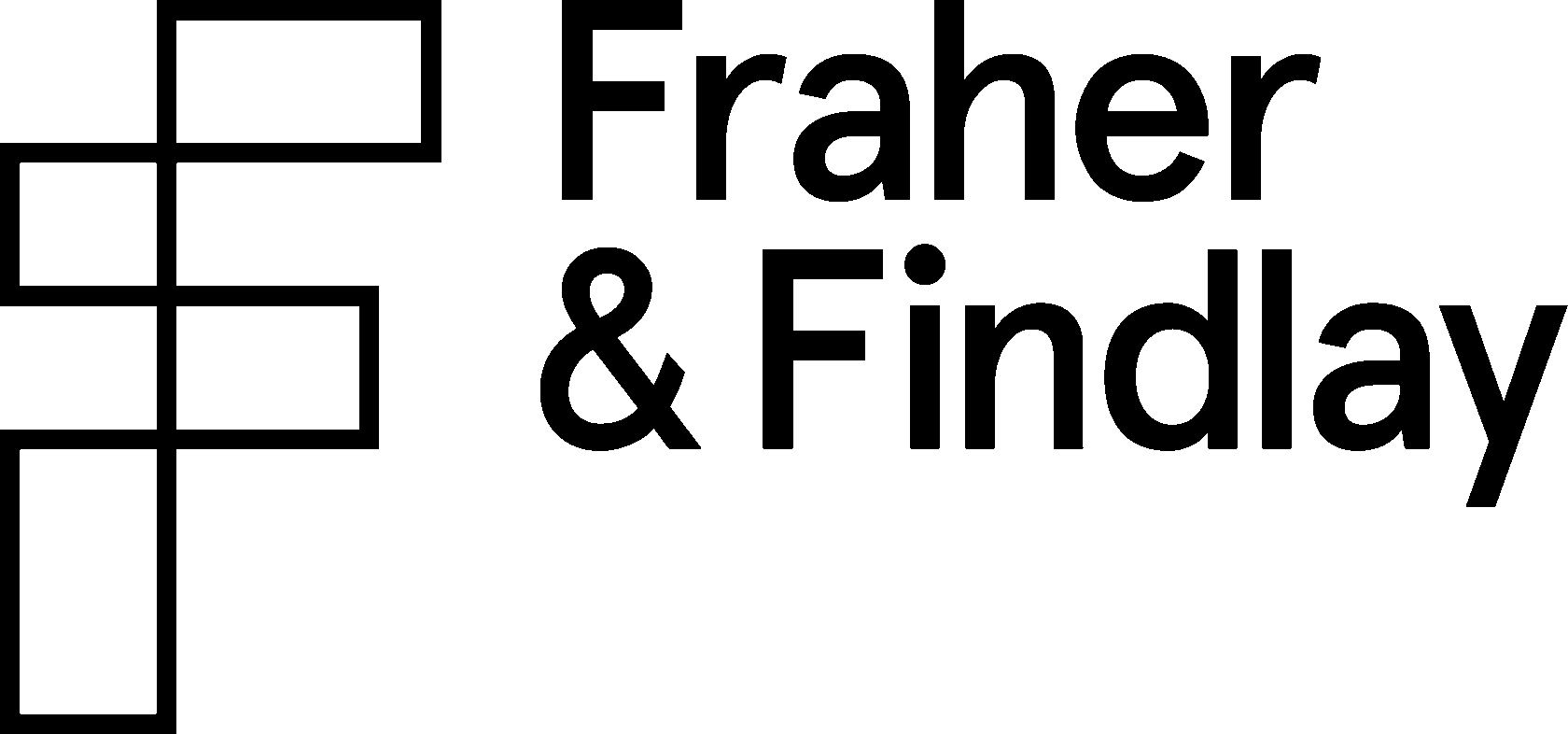Open House 2020
Welcome to the Ghost Houses !
Our second development, as Client, Architect and Contractor
" We wanted to own the process and realise the opportunities for ourselves "
A few years ago we started to look at sites and knew that as Architects, we had the potential to unlock sites for development. If we have that knowledge then we wanted to own the process and realise the opportunities for ourselves. This came following the establishment of our own construction arm to build our projects. We wanted to own the construction risk and be more involved in the build process, helping to make important decisions on quality, cost and direction of project.
The end result is three houses that we hope show you how a traditional terraced house can be configured on a much tighter site, providing a prototype pencil house format to be used on other sites within the city. Alongside a new format of building, the spaces had to be great quality - no corners cut - to ensure these homes are deserving of their future occupiers. They also have a very low carbon footprint, run entirely on electricity, with an MVHR system, air source heat pump and green roof system.
The end result is three houses that we hope show you how a traditional terraced house can be configured on a much tighter site, providing a prototype pencil house format to be used on other sites within the city. Alongside a new format of building, the spaces had to be great quality - no corners cut - to ensure these homes are deserving of their future occupiers. They also have a very low carbon footprint, run entirely on electricity, with an MVHR system, air source heat pump and green roof system.
Existing site
The site originally held a leaning detached 2 up 2 down slim 20th Century house with car yard to the side. The site was deep and the yard meant that there was a gap in the streetscape. The site measured just over 9m wide and the house was in a poor state of repair.
The site originally held a leaning detached 2 up 2 down slim 20th Century house with car yard to the side. The site was deep and the yard meant that there was a gap in the streetscape. The site measured just over 9m wide and the house was in a poor state of repair.

Street view of existing site
The Opportunity
We found a site that could potentially support a greater level of development whilst providing family homes. To do this, we needed to think about ways of infill the gap in the terrace whilst being respectful to the neighbouring building context.
We found a site that could potentially support a greater level of development whilst providing family homes. To do this, we needed to think about ways of infill the gap in the terrace whilst being respectful to the neighbouring building context.

Garden view of existing site
Design Concept
When looking back at historical maps, we could see how the street pattern had been built during the early 20th Century. Cornes are tricky and the neighbouring houses to our site were built between two existing buildings (one demolished post war) resulting in a restricted width.
We had an opportunity to infill the street scape with similarly slim houses (we are the slimmest on the street but the living spaces the deepest), whilst providing flowing light and dynamic living spaces suitable for 21st century family living. This historical context was the crux of the argument that unlocked the site at planning. We would be looking to create a 'cast' or almost 'Ghost' of the existing slim houses but building them using modern methods of construction and lazer sharp detailing.
When looking back at historical maps, we could see how the street pattern had been built during the early 20th Century. Cornes are tricky and the neighbouring houses to our site were built between two existing buildings (one demolished post war) resulting in a restricted width.
We had an opportunity to infill the street scape with similarly slim houses (we are the slimmest on the street but the living spaces the deepest), whilst providing flowing light and dynamic living spaces suitable for 21st century family living. This historical context was the crux of the argument that unlocked the site at planning. We would be looking to create a 'cast' or almost 'Ghost' of the existing slim houses but building them using modern methods of construction and lazer sharp detailing.
External Building envelope design
The brickwork facade and detailing derives from the neighbouring properties but reimagines the building as a 'digitally' crafted ghost of what is there. The white brick needed to be clean and sharp in contrast to the handmade london stock bricks of 100 years ago. Rather than using plaster and stone decoration we continue to use the same brickwork but in a different orientation or depth. We didnt want our houses to shout over their neighbours - instead the elevation it to quietly ripple and change depth and texture in the sunlight.
The dutch gables take their reference for the neighbouring properties gables, however we wanted to take this 'digital' shaping up to the profile of the house - almost like a cut out. Precast concrete sets on the gables give the elevation yet more movement and visual interest. We are using these materials to create movement across the building facade without using lots of contrasting materials and colours.The windows punch out through the brickwork and are lined with powder coated aluminium surrounds-again contributing to the sharp focus of the building.
At roof level we fought hard and strong for a light zinc. We felt that a ghost building with a dark heavy hat would make the building feel clunky and instead a standing seam zinc is not only a more sustainably sourced material (recylced) but also serves to make the building feel as though it evaporates up towards the sky.
We like to personalize our buildings as we are so proud to design and build good quality architecture. You'll be able to see our FF in the precast specials. Hopefully one day we will be able to link our buildings around London by their mark.
The brickwork facade and detailing derives from the neighbouring properties but reimagines the building as a 'digitally' crafted ghost of what is there. The white brick needed to be clean and sharp in contrast to the handmade london stock bricks of 100 years ago. Rather than using plaster and stone decoration we continue to use the same brickwork but in a different orientation or depth. We didnt want our houses to shout over their neighbours - instead the elevation it to quietly ripple and change depth and texture in the sunlight.
The dutch gables take their reference for the neighbouring properties gables, however we wanted to take this 'digital' shaping up to the profile of the house - almost like a cut out. Precast concrete sets on the gables give the elevation yet more movement and visual interest. We are using these materials to create movement across the building facade without using lots of contrasting materials and colours.The windows punch out through the brickwork and are lined with powder coated aluminium surrounds-again contributing to the sharp focus of the building.
At roof level we fought hard and strong for a light zinc. We felt that a ghost building with a dark heavy hat would make the building feel clunky and instead a standing seam zinc is not only a more sustainably sourced material (recylced) but also serves to make the building feel as though it evaporates up towards the sky.
We like to personalize our buildings as we are so proud to design and build good quality architecture. You'll be able to see our FF in the precast specials. Hopefully one day we will be able to link our buildings around London by their mark.
Internal Spacial Design
TVEnhanced Hallway
As soon as you enter the house you are greeted with a hallway that is the full width of the house. This is a practical space for getting in and out of the house, putting shoes on, hanging coats - the perfect space to get yourself ready to leave the house and welcome you home. This space can double up as a study space to enable working from home. A tv den for the kids as well can work here as it has a quieter and more private outlook overlooking the street.
As soon as you enter the house you are greeted with a hallway that is the full width of the house. This is a practical space for getting in and out of the house, putting shoes on, hanging coats - the perfect space to get yourself ready to leave the house and welcome you home. This space can double up as a study space to enable working from home. A tv den for the kids as well can work here as it has a quieter and more private outlook overlooking the street.

Staircase
Walking towards the living spaces the staircase is set to the side of the route with a ground floor toilet tucked underneath. The staircase is CNC fabricated and was all cut off site. The perforated landings at each level are designed to enable light to pass through all the floor levels sinking natural light into the centre of the building. The perforation also enables a visual connection up through the buildings to connect the spaces - stretching the feeling of space upwards. The landings are perforated powder coated aluminium plates with a supporting frame. The whole building has a sprinkler system which avoids the need for a protected means of escape via the staircase.
Walking towards the living spaces the staircase is set to the side of the route with a ground floor toilet tucked underneath. The staircase is CNC fabricated and was all cut off site. The perforated landings at each level are designed to enable light to pass through all the floor levels sinking natural light into the centre of the building. The perforation also enables a visual connection up through the buildings to connect the spaces - stretching the feeling of space upwards. The landings are perforated powder coated aluminium plates with a supporting frame. The whole building has a sprinkler system which avoids the need for a protected means of escape via the staircase.

Perforated Landing view from under
Living Spaces
Walking past the staircase you step down to the lower ground floor living spaces of the kitchen, dining and sitting room. The drop in level means we can stretch out the floor to ceiling level whilst minimizing the impact on the neighbours and keeping the boundary height low.
The angled rooflight brings in lots of natural daylight and the raised view out towards the garden makes you feel as though you are submerged in the landscape. The utility room sits behind the kitchen and accommodates plant space for the MVHR unit and services that support the building.
To make the space feel as generous as possible elements like the banquette seat along the bottom of the garden windows and doors provide extra seating space and storage.
Walking past the staircase you step down to the lower ground floor living spaces of the kitchen, dining and sitting room. The drop in level means we can stretch out the floor to ceiling level whilst minimizing the impact on the neighbours and keeping the boundary height low.
The angled rooflight brings in lots of natural daylight and the raised view out towards the garden makes you feel as though you are submerged in the landscape. The utility room sits behind the kitchen and accommodates plant space for the MVHR unit and services that support the building.
To make the space feel as generous as possible elements like the banquette seat along the bottom of the garden windows and doors provide extra seating space and storage.

Light shining through the angle rooflight
Garden
Stepping up to the garden you re-engage with the ground floor level via a private terrace before extending into the garden. The relationship between the house and the garden is important - when sitting in the living room and looking out to the garden you should feel as though you are sunken into the landscape. When in the garden looking back at the house, it feels as though the garden flows back into the house.
Stepping up to the garden you re-engage with the ground floor level via a private terrace before extending into the garden. The relationship between the house and the garden is important - when sitting in the living room and looking out to the garden you should feel as though you are sunken into the landscape. When in the garden looking back at the house, it feels as though the garden flows back into the house.
Upper Floors
The three bedrooms are spread over the first and second floor levels of the building. Sleep and wash spaces are all connected via the perforated staircase ending with a study space overlooking the garden. A rooflight above the staircase directs natural light across all the floor levels of the building.
The three bedrooms are spread over the first and second floor levels of the building. Sleep and wash spaces are all connected via the perforated staircase ending with a study space overlooking the garden. A rooflight above the staircase directs natural light across all the floor levels of the building.

First Floor

Second Floor
Sustainability
The houses will all be boiler less using, air source heat pumps and MVHR to maintain their temperature. Wildflower roofs to the ground floor living spaces help elevate the garden to the first floor bedroom windows, whilst minimising rainwater run off and creating a bio-diverse habitat.
The houses will all be boiler less using, air source heat pumps and MVHR to maintain their temperature. Wildflower roofs to the ground floor living spaces help elevate the garden to the first floor bedroom windows, whilst minimising rainwater run off and creating a bio-diverse habitat.
Text author: Lizzie Webster


